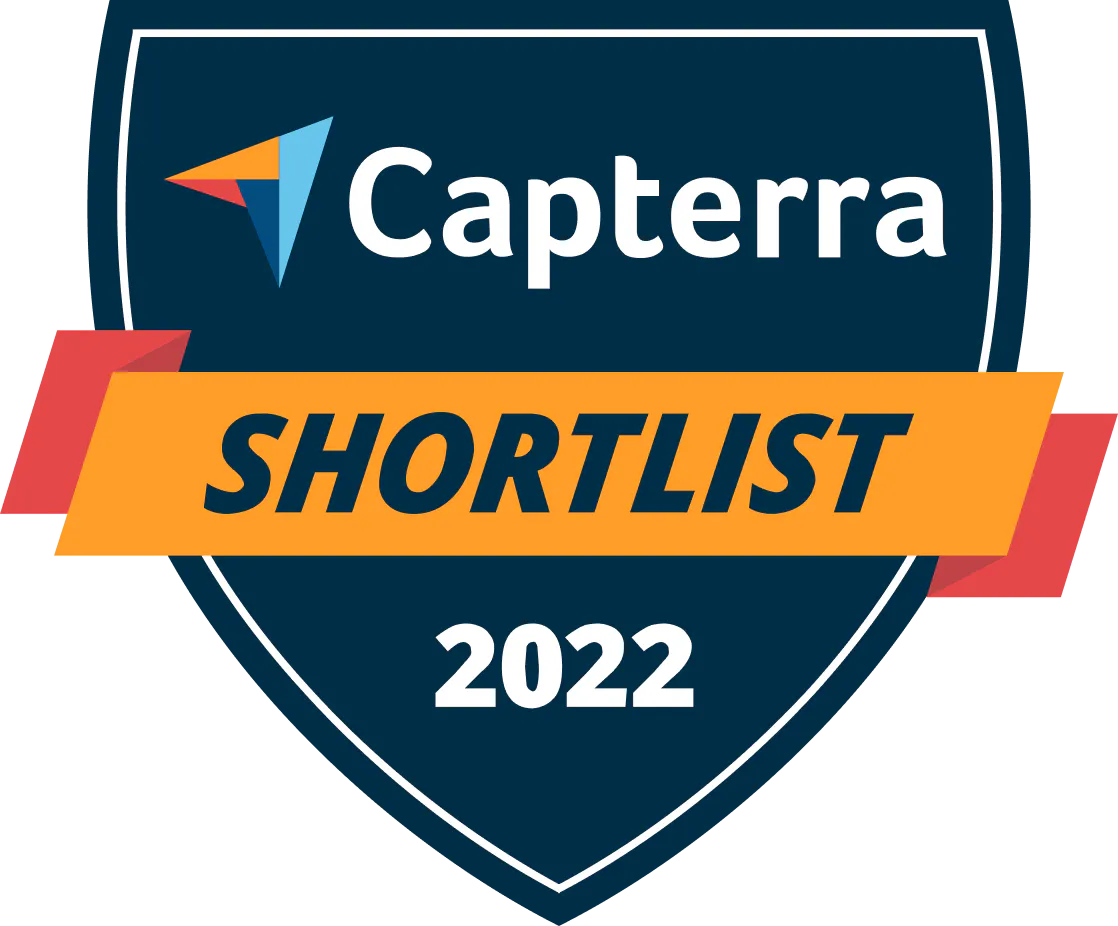Welcome to the UpKeep Learning Center
We are here to help you find anything you need to know.
Filter your results
Showing 21 of 712
What is Inventory Management?
Within facilities management, inventory management tracks items from the moment of purchase through its time...
What are the most common use cases for sensors and IoT for oil and gas?
Common uses for sensors and IoT technology in the oil and gas industry are related...
How is the US - China trade war affecting manufacturing in the US?
For manufacturers who are savvy or agile enough to switch to other sources, there will...
Top 10 Benefits of Using Restaurant POS Software
In this article, we'll explore the top 10 benefits of using restaurant POS software...
What is the difference between EAM and CMMS?
At a base level, enterprise asset management (EAM) software operates like a more advanced, larger-scale...
What's the Best Maintenance Metric for Your Team to Measure?
There are many ways to figure out how your maintenance team is performing. We've made...
CMRP Certification | Everything You Need to Know
When it comes to passing the CMRP exam, there’s a lot of information out there....
What is fault tree analysis?
A fault tree analysis is a visual representation of how a problem occurred and the...
Work Order vs. Purchase Order: What’s the Difference?
Although work order and purchase order sound similar, they have very different functions in a...
What is the Difference Between EAM and CMMS?
At an essential level, enterprise asset management (EAM) software operates like a more advanced, larger-scare...
Types of Failure Consequences in Maintenance
Failure consequence refers to the impact of a certain failure mode, primarily used in evaluating...
Useful Life | What is Useful Life?
The useful life of an asset is an estimate of how long it will remain...
How do I improve customer experience in my restaurant?
Improving customer experience at your restaurant involves a combination of technology, customer service, and reliability.
What Does a Maintenance Director Do?
Maintenance directors set the direction, strategy, and goals of a maintenance department to ensure that...
Maintenance Engineer | Everything Hiring Managers Need to Know
Maintenance engineers are certified to install and repair types of equipment. They use industrial technology...
Maintenance Mechanics | What You Need to Know
Maintenance mechanics do the optimizing operation of mechanical equipment by performing the maintenance, repairs, and...
Facility Maintenance | What is Facility Maintenance?
Facility maintenance is the process of increasing the utility of a building by regularly servicing...
Machine Maintenance | What is Machinery Maintenance? - UpKeep
Machinery maintenance involves regular servicing of equipment, routine checks, repair work, and replacement of worn...
Wind Farm Maintenance - What To Know
Wind farm maintenance is any process used to keep wind turbines in consistent working order....
What is Mean Time Between Failure MTBF? [Calculation & Examples]
Mean Time Between Failure (MTBF) is a metric that defines the average time that equipment...
Schedule Compliance | What Is Schedule Compliance?
Schedule compliance is a maintenance metric that measures the percentage of time that scheduled work...
Page 1 of 34
- ...
Filter
4,000+ COMPANIES RELY ON ASSET OPERATIONS MANAGEMENT
Leading the Way to a Better Future for Maintenance and Reliability
Your asset and equipment data doesn't belong in a silo. UpKeep makes it simple to see where everything stands, all in one place. That means less guesswork and more time to focus on what matters.


![[Review Badge] GetApp CMMS 2022 (Dark)](https://www.datocms-assets.com/38028/1673900459-get-app-logo-dark.png?auto=compress&fm=webp&w=347)
![[Review Badge] Gartner Peer Insights (Dark)](https://www.datocms-assets.com/38028/1673900494-gartner-logo-dark.png?auto=compress&fm=webp&w=336)
